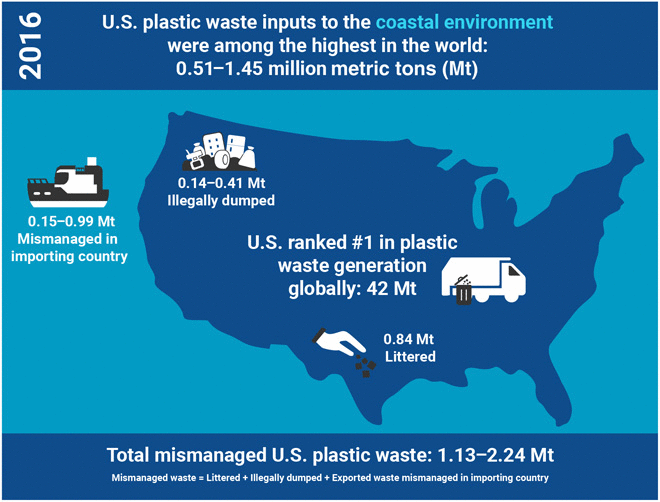Dumpster rentals are commonly used in the USA for waste management projects. This can include Spring cleaning, remodeling, removations, demolitions and other contruction projects, as well as various sorts of waste materials produced by restaurants and supermarkets.
Cubic yards are the most common unit of measurement for dumpster sizes. It is common practice to measure the length and width of a dumpster in feet.
In an ideal situation, when you need to rent a dumpster, you will also want to consider about the kind of project you will be working on as well as the kind of waste items that you will be throwing in it.
Filling the dumpster with yard waste is a much lighter thing to do than getting rid of construction waste or rubble. In addition, there may be limitations on the kinds of waste which can be disposed of in certain dumpsters.
How To Calculate Dumpster Size: Understanding Cubic Yard
A cubic yard is a unit of measurement that can be used for either space or volume. Using the simple method, you will be able to determine the amount of debris, measured in cubic yards, that a dumpster is capable of holding. First you will need to determine the length, width, and height of a dumpster in feet.
To calculate the total volume in cubic feet, multiply the length, width, and height in feet. To get the total in cubic feet, divide the total by 27.
Dumpster Size Guide: Four Standard Options
The standard unit of measurement for dumpster sizes is the feet, with distances being determined relative to the container’s perimeter. Use the interior dimensions and subtract roughly 6 – 8 inches from each exterior measurement to obtain a more accurate estimate of the volume contained within the space. After this, the inside width is just 7.4 feet, despite the fact that the outer width was 8 feet.
Specifications Of Four Standard Dumpster Sizes
10 Yard
These have the capacity to hold up to ten cubic yards of trash material, which approximately fits into four pickup trucks. According to a guide for common dumpster sizes, this particular size is best for disposing of:
- Concrete or soil removal
- Clearing out the attic
- Clearing out the shed
- Modifications to the kitchen or bathroom on a smaller scale
- Small deck elimination (250 sq. ft.)
- 2,000–2,500 square feet worth of single-layer roofing shingles, which equals 20–25 squares
- Junk cleanout during a move
- One car garage cleanout
20 Yard
This dumpster has the capacity to carry up to twenty cubic yards of rubbish, which is about equivalent to six loads carried by a pickup truck. These are most appropriate to use when:
- Remodeling of the kitchen
- Remodeling of the bathroom
- Getting rid of unwanted items when moving in or out
- Shed demolition
- Georgia waste reduction project
- Elimination and demolition of an in-ground swimming pool
- A new barn or lodge of a more compact size that was just constructed
- Garage demolition
- Complete cleaning of the house (hoarding, foreclosure, estate)
- Elimination of yard garbage
- Cleanout of a two-stall garage
- 400-500 square foot deck removal
- 40–50 square of roofing shingles
30 Yard
This one is suitable for the clean-up jobs indicated for 20 yard dumpsters, but on a larger scale. It has a capacity that is roughly equivalent to nine loads that can be carried by a pickup truck. Examples include:
- Moving in/out of a large residence
- Big recycling project
- New construction of a house or cottage
- complete cleaning of the house, including the removal of large equipment and furniture
- Two-car garage + shed+barn cleanouts
40 Yard
These have the capacity to carry up to Forty cubic yards of rubbish, which is about equivalent to 12 loads of waste materials carried in a pickup truck. This is the most common dumpster size for the following categories of home improvement jobs:
- Commercial cleanouts
- New construction of a house
- Commercial roofing replacements
- House demolition
- Large deck removals (over 750 sq. ft.)
- Whole-home renovation
Keep in mind that a dumpster rental near you will always follow the standard dimensions. So, if you choose a dumpster that is too tiny, you may end up paying more money. A 10 yard container may not be big enough for 15-yard waste, and that could cause problems.
If you have a lot of waste, you’ll need a larger dumpster. In order to get rid of everything at once, the dumpster business will have to send a second 10 yard dumpster, which would cost you twice as much.










